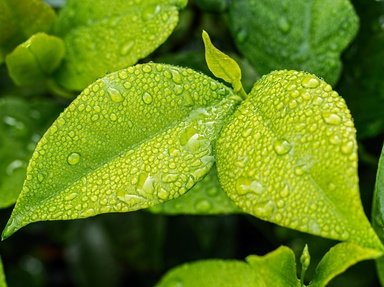Quiz Answer Key and Fun Facts
1. Considered holy with powers of purification (with the ability to drive out badness), the Druids named one of their months after it.
2. The trembling of the leaves of this tree was said to represent grief or guilt, with some local lore claiming the guilt stemmed from the wood of the tree being used to form Christ's cross.
3. Which small tree (also a large shrub) grows sloe berries?
4. This tree was considered to harbour evil spirits and gave rise to malign spirit fables such as the Erlkonig of German legend.
5. The name of this tree is said to stem from the tough wood.
6. Fagus sylvatica refers to which tree?
7. Which tree was decimated by a disease which entered the country in 1967?
8. 'Chestnuts roasting on an open fire' refers to the Sweet Chestnut.
9. The twigs of this tree break and float downstream, taking root further along the waterway.
10. This tree is Europe's largest Maple.
11. The biology of this tree makes it ideal for planting in cities.
12. This decorative tree, often planted along avenues, was known by North American Indians as 'canoe wood' and was introduced to Britain in 1656.
13. The 'king' of British trees.
14. A common belief was that if a sick child was passed through a cleft in the trunk of which tree they would be cured?
15. The only large conifer able to exist through the Ice Age in Northern Britain.
16. This tree has needles as leaves but is actually deciduous and loses the needles in the winter.
17. This tree grows berries that are used in the manufacture of gin.
18. This plant does well where the nitrogen content of the soil is low, for example in churchyards or badger setts.
19. The name of this tree is said to derive from the Norse word for 'a charm' and it is often connected with witchcraft in ancient texts.
20. This tree is the tallest broad leaved tree in Britain.
21. The tall thin tree, the Lombardy Poplar, is often seen lining boundaries or roads.
22. This native tree is nowadays more often seen clipped into hedges and ornamental shapes.
23. The bark, leaves and twigs of this tree can be used in extract to prevent inflammation and control bleeding.
24. Conkers come from which tree?
25. Longbows were made of this highly flexible and strong wood.
Source: Author
Flapjack44
This quiz was reviewed by FunTrivia editor
crisw before going online.
Any errors found in FunTrivia content are routinely corrected through our feedback system.

